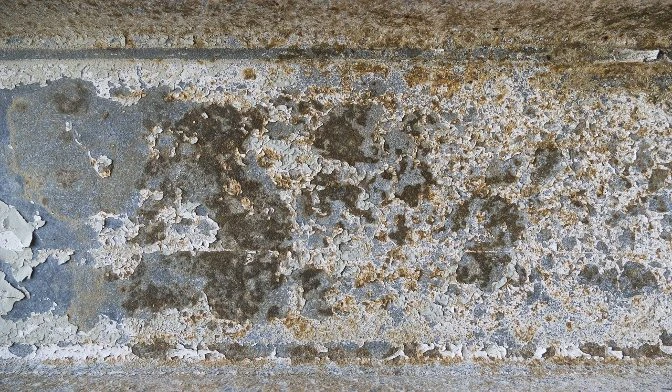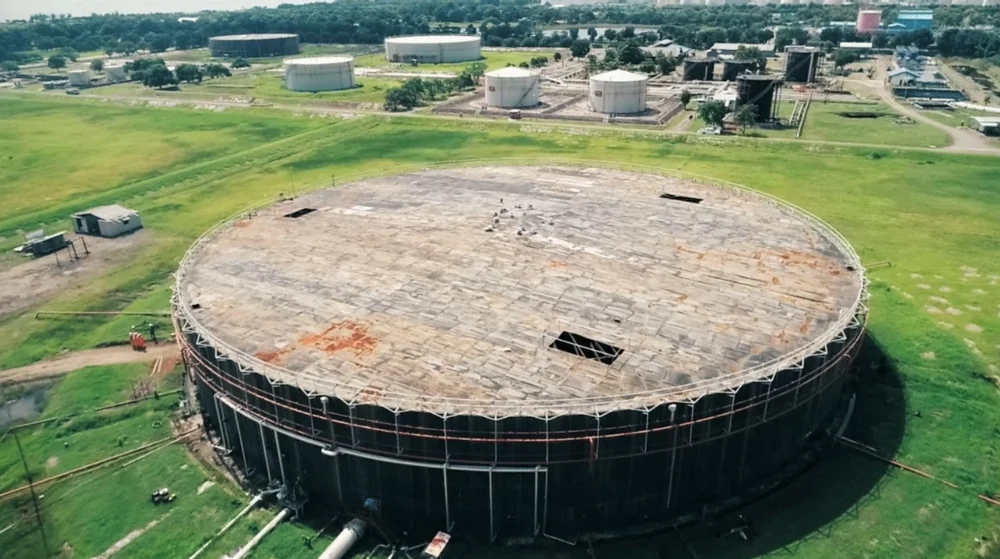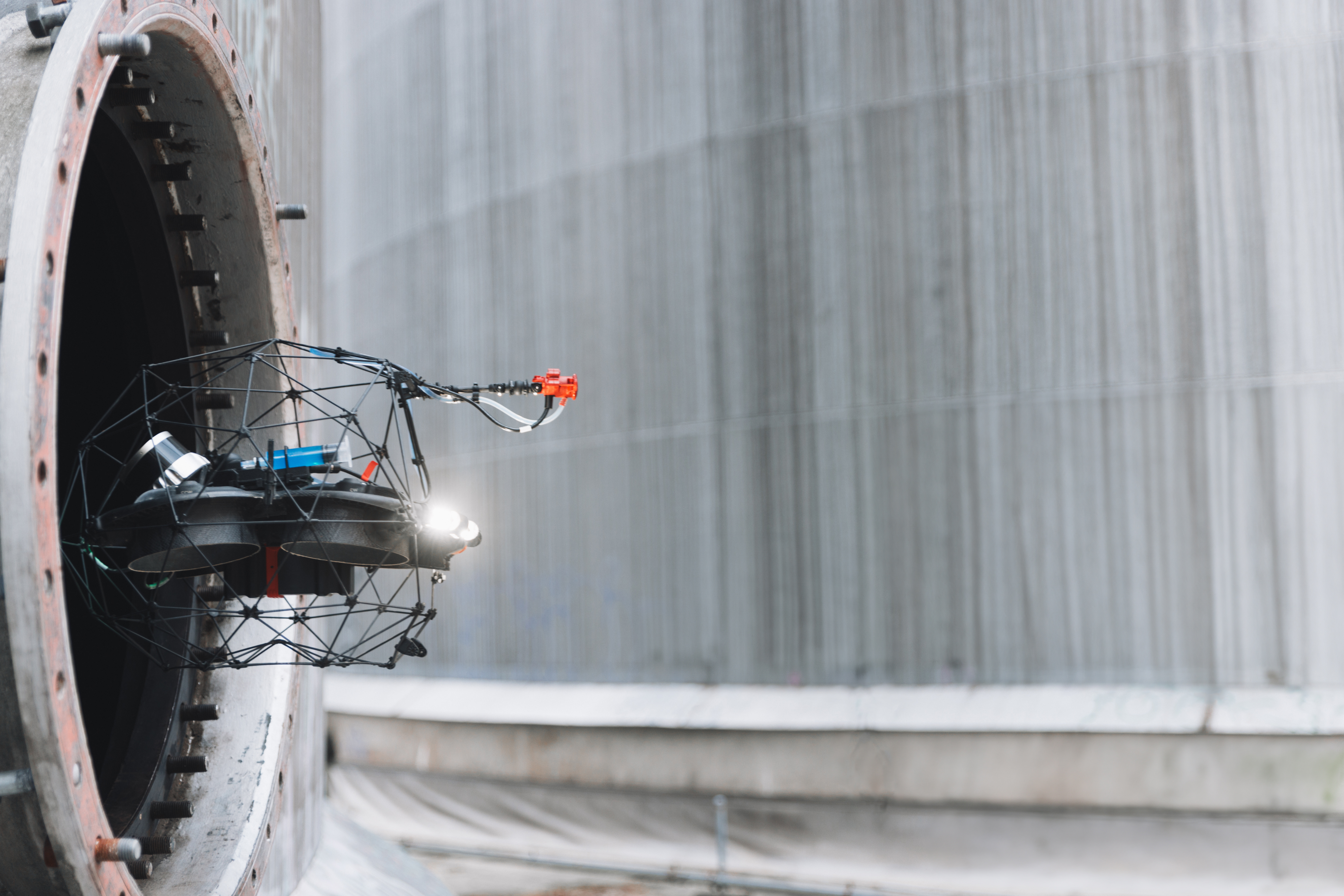- Articles & More >
- Blog >
- Tank Strapping: A Guide
Tank Strapping: A Guide
Tank strapping is a method used to measure the contents within a container or storage tank. These measurements are then used to calculate the true volume of a tank in a process called tank calibration.
Together, tank strapping and tank calibration help companies track, regulate, and manage their inventory of oil, petroleum, chemicals, or any other liquid asset that is stored in a tank or similar container.
Tank calibration and other volumetric strapping solutions are currently being implemented across a number of industries including energy, oil and gas, agriculture and transportation.
Any company that stores, transports or handles large quantities of liquid inventory likely has a tank calibration or volumetric tank strapping procedure in place.
What Is Tank Strapping?
Tank strapping measures the height, external diameter, and circumference of a storage tank in order to determine the volume of the tank’s contents, also known as tank calibration.
In tank strapping, data consists of linear measurements like feet, inches, meters, or centimeters and can be obtained via a number of different methods.
In tank calibration, volumes are recorded in units of barrels, gallons, liters, cubic meters or cubic feet.
Linear measurements and their corresponding calibrated volumes are then reflected on a tank chart or tank calibration table, which are typically located on the outside of a tank and are used to quickly and accurately report up-to-date information about a tank’s internal contents.
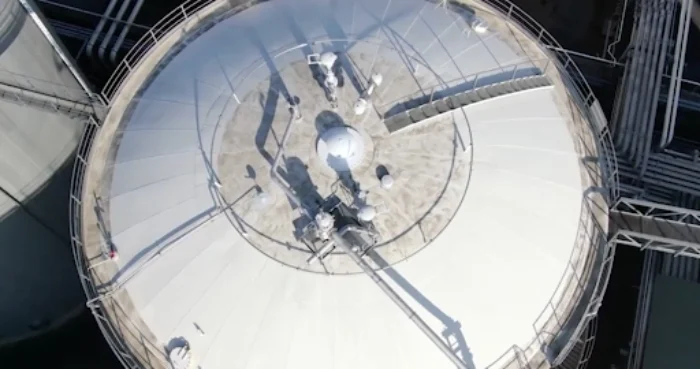 Diesel tank inspection
Diesel tank inspection
why is the process called tank strapping?
Traditionally these container measurements were taken manually, using a steel tape or steel strap.
Today, the methods are a bit more advanced—implementing technology like radar and ultrasonic gauges—but the term tank-strapping, reflective of the industry’s more humble beginnings, has stuck.
The Importance of Tank Strapping
Tank strapping and tank calibration are important because they help to ensure accurate inventory management of liquid assets and other similar goods. Without tank strapping and tank calibration, manual measurements or gauging systems are of little use to companies due to their inaccuracy.
By providing the most accurate measurements possible, volumetric tank strapping helps companies save money and avoid costly errors. Tank strapping is an important way to save money with a fairly low upfront cost.
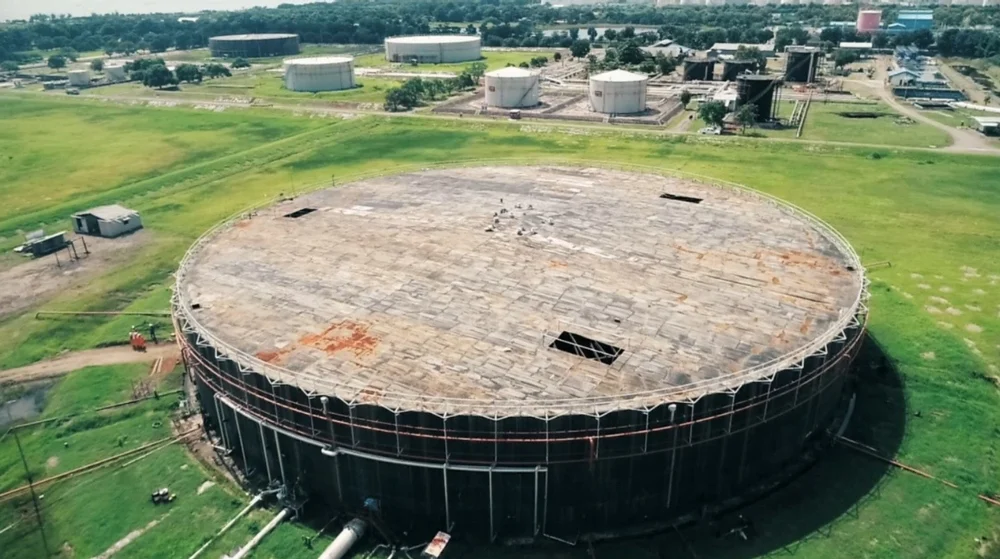
How does tank strapping save money?
-
Losses in inventory are easier to identify with tank strapping solutions
-
Errors in tank refilling or container loading can be avoided
-
Clients will know exactly what they are getting
-
Businesses know down to the cubic foot how much stock they have remaining
-
By knowing exactly how much of a substance is in a tank, managers can better plan, manage, and monetize inventory.
Transparency of measurements enables companies across a number of industries to maintain positive relationships with partners, regulatory bodies, and insurance companies.
Accurate measurements obtained through tank strapping also ensure that workers are kept safer on the job. Especially in industries where the contents of a tank or other container may be volatile, flammable, or hazardous, it’s vitally important that workers know exactly how much of a given asset is contained in the tank.
What Kinds of Tanks Need to Be Calibrated?
Any tank with liquid inventory, hazardous chemicals, oil, gas, or other fuel commodities are calibrated in order to properly manage inventory and investments.
Tank strapping and calibration is performed on the following types of tanks:
Vertical tanks
Vertical tanks are typically produced in one seamless piece and can be used both outdoors and indoors. They are used to store everything from water to chemicals.
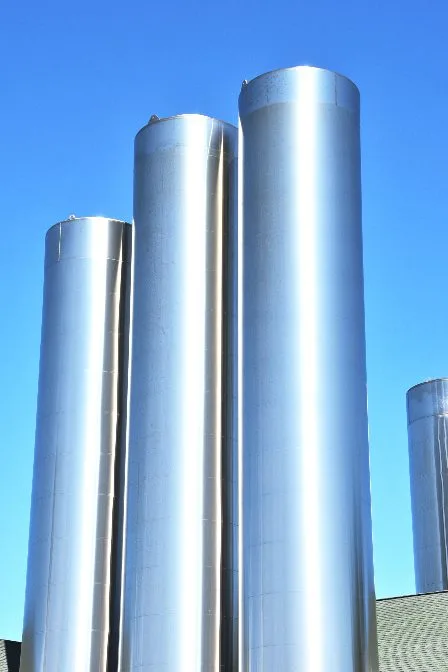 Vertical tanks containing milk
Vertical tanks containing milk
Horizontal tanks
Horizontal tanks can also hold a number of different materials including pesticides and liquid fertilizer. Horizontal tanks are typically smaller and cheaper to transport than vertical ones, making them more cost effective in a number of different ways.
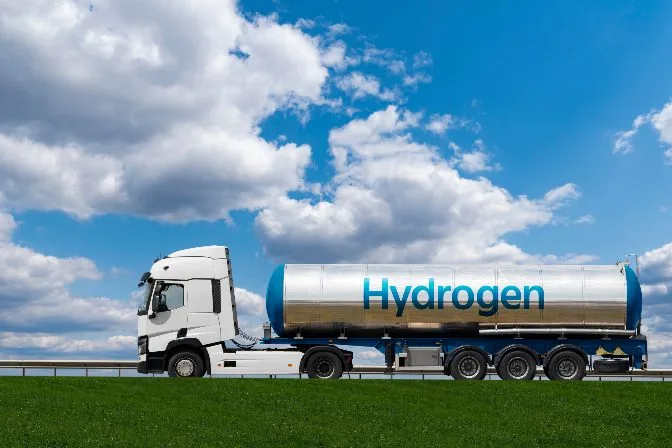 Horizontal tank containing Hydrogen
Horizontal tank containing Hydrogen
Sphere tanks
Spherical tanks are designed to hold liquid or gas that is at a significantly different pressure than the external environment. Since most gasses expand in the shape of a sphere, these tanks are the best option for storing things like butane. Tank calibration is vitally important to sphere tanks, as incorrect measurements of pressurized gas can result in extremely dangerous conditions.
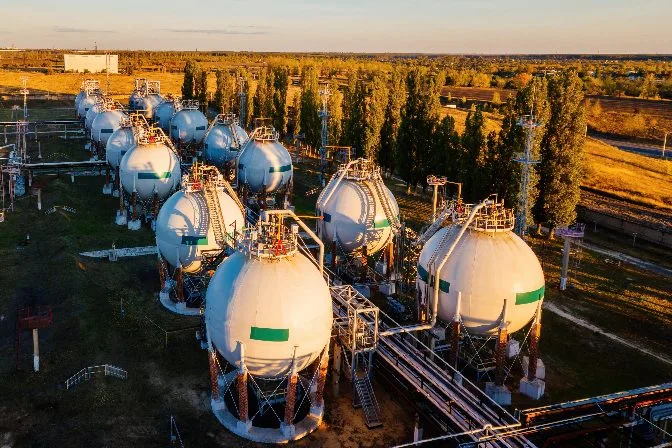 Spherical tanks containing gas
Spherical tanks containing gas
Fixed roof tanks
A fixed roof or tank is a type of container that has a roof permanently attached to its top, typically in the shape of a cone or a dome. Sometimes fixed roof tanks are vapor-tight, welded so that neither liquid nor gas can escape. However, certain fixed roof tanks are equipped with a pressure relief system that allows the tank to “breathe” and match the external pressure when being emptied or refilled.
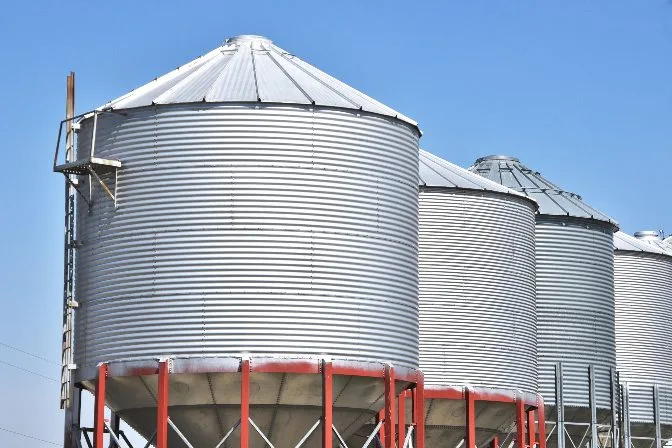 Fixed or closed roof storage tanks containing grains
Fixed or closed roof storage tanks containing grains
Floating roof tanks
Floating-roof tanks have no vapor space (also known as ullage, a term we’ll explore below). The roof of these tanks floats on top of the liquid and lowers along with the liquid line as it depletes.
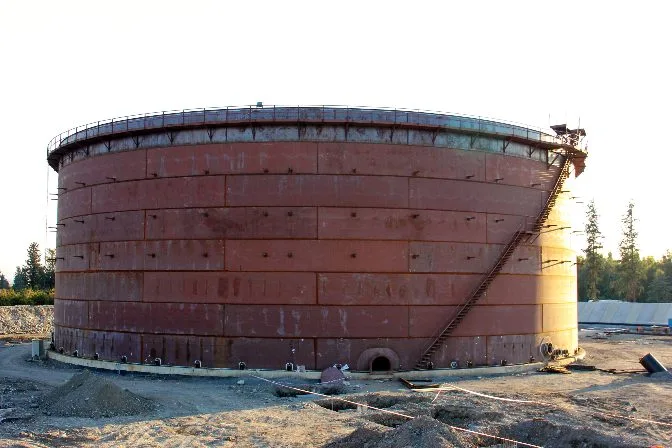 Floating roof tank containing crude oil
Floating roof tank containing crude oil
What is a Tank Strapping Table?
Tank strapping tables are used to translate the linear measurements gathered from tank strapping into calibrated data based on volume.
Other names for tank strapping tables:
-
Tank calibration charts
-
Gauge charts
-
Strapping tables
-
Dip charts
These tables allow workers to take linear measurements from a tank to calculate the remaining volume.
This is done by taking a height measurement (in inches or feet) and pairing it with a volume measurement (like gallons or barrels) on a tank chart.
The relationship between linear measurements and calibrated volumes differ from tank to tank— a measurement of 5 inches in a small process tank will translate to a different number of barrels than a measurement of 5 inches in an industrial crude oil tank.
As a result, tank strapping charts are created based on the specifics of each tank or container. Many tank strapping tables will display height and volume measurements in both metric and imperial units.
Note that many tanks are irregularly shaped, so other considerations may need to be taken into account when creating a tank gauge chart.
How to Read a Tank Strapping Table
Below is an example of a tank strapping table. Measurements have been rounded to the nearest whole number and are listed in:
-
Inches
-
Millimeters (MM)
-
Oil barrels (BBL)
-
Liters
-
Gallons (US GAL)
|
INCHES |
MM |
BBL |
LITERS |
US GAL |
|
2 |
51 |
1 |
159 |
42 |
|
4 |
102 |
2 |
318 |
84 |
|
6 |
153 |
3 |
477 |
126 |
|
8 |
203 |
4 |
636 |
168 |
The first data point on a tank strapping or tank calibration chart is the linear measurement—in this example this data is recorded in inches and millimeters. These measurements are collected in a number of different ways, including radar sensors or manual tape measurements.
This chart serves as a guide to tell companies how much of a commodity is left in a tank. In the example chart above, if the linear measurement is 4 inches, then there are 2 barrels, 318 liters, or 84 gallons left in your tank.
Tank strapping charts vary between containers, and each type of tank will likely need its own calibration chart.
Manual Tank Strapping Methods
While there are a number of high-tech tank strapping solutions available today, it is still common to obtain the linear measurements needed for tank calibration through manual means.
Typically, manual tank strapping methods involve using a steel tape or strap to measure the liquid in a tank or container.
Innage Method
The innage method is the most common type of manual tank strapping. In this method, the depth of the liquid is measured.
A plum bob, or weighted line, attached to a tape measure is used to lower into the tank from a reference point above the container. When the plum bob touches the bottom, the operator ensures that it stays plumb, since any deviation will affect the gathered measurement.
The tape is then pulled out of the tank and can be read like a dipstick. Taking into consideration the location of the reference point and the height of the plum bob, the linear measurement of the liquid in the tank can be calculated.
Ullage Method
The ullage or outage method measures the area not filled with liquid.
In this method, a steel tape measure is lowered from a reference point above the tank, but the tape is stopped when it touches the top surface of the liquid. This measurement is then subtracted from the height of the tank and the amount of liquid can be calculated.
The ullage method is best for caustic or hazardous materials—liquids that would destroy a tape measure if it came into contact with the substance.
However, because the surface of the liquid may be difficult to define, its results will usually be less accurate. This method is less common than the innage method.
Other Manual Methods
To ensure proper tank calibration, measurements besides height may also need to be taken. Some of these measurements include circumference, temperature, thickness, and size of foreign objects floating in a tank.
Manual Tank Strapping Equipment
To properly obtain tank measurements through manual means, certain tank strapping equipment may be required. This includes but is not limited to:
-
Plum bob. A plumb bob is a weighted line that’s attached to the end of measuring tapes in the innage and ullage methods tank strapping methods.
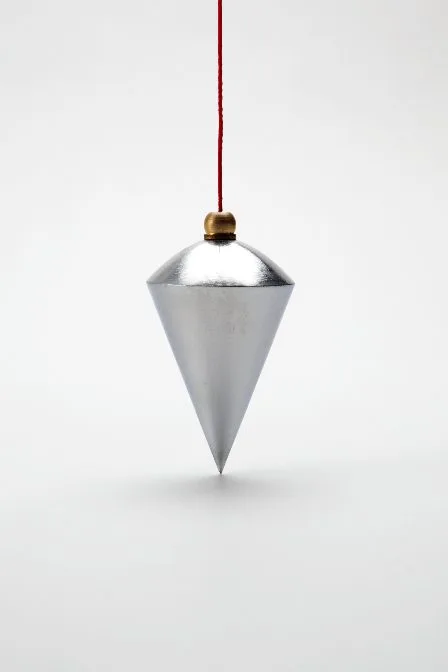 Plumb bob
Plumb bob
-
Spring balance. A spring balance is used to measure weight, needed in some measurement conversions.
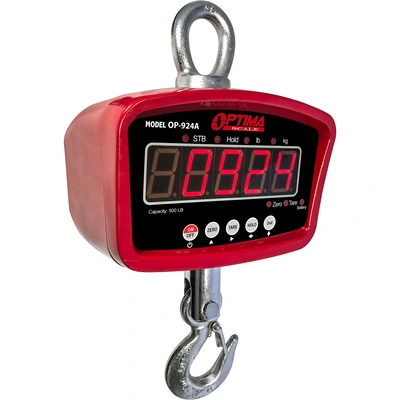 Spring balance | Source: Northern Tool and Equipment
Spring balance | Source: Northern Tool and Equipment
-
Steel strapping tape, dip tape and/or pocket tape. Different types of measuring tapes are required to take necessary measurements.
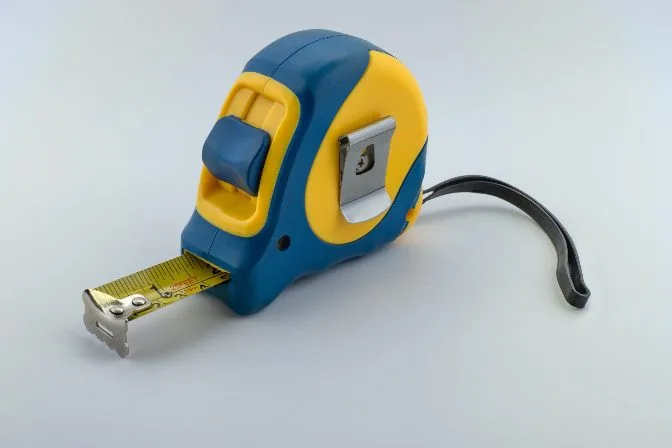 Steel tape measure | Source: Brett Jordan
Steel tape measure | Source: Brett Jordan
-
Surveyor’s leveling tool. A surveyor's leveling tool helps determine the profile of some tank floors.
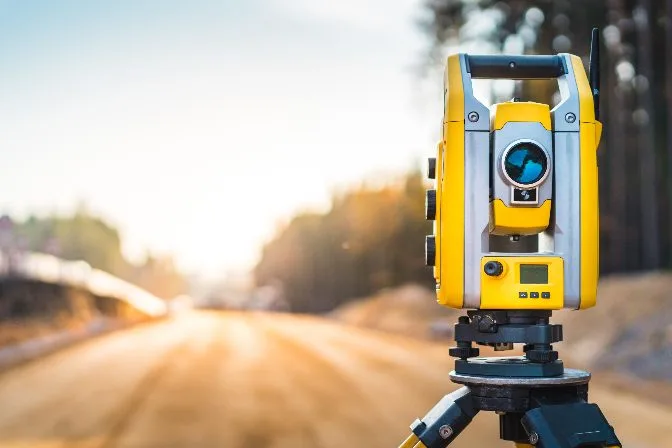 Surveyor's leveling tool
Surveyor's leveling tool
Technological Tank Strapping Methods
Though many tank measurements can be obtained through manual methods – for example, the circumference of a tank could be measured by slowly wrapping a tape around the outside of the container—modern technological solutions make it easier to collect measurements quickly, efficiently, and safely.
Continuous Float-Level Transmitters
Continuous float-level transmitters sit atop the liquid and continuously take measurements, updating the height and other information of a tank in real-time. Any time a tank is emptied or the levels inside are altered, a continuous float-level transmitter can immediately determine how much the levels have changed.
Data from continuous float-level transmitters can be collected in a couple of different ways, but most often the floater is in conversation with other technology (like magnets or electrical signals) placed somewhere else in the tank (at the bottom or on the sides).
Continuous float-level transmitters are the best tank strapping solution in situations where the liquid is foamy or vaporous.
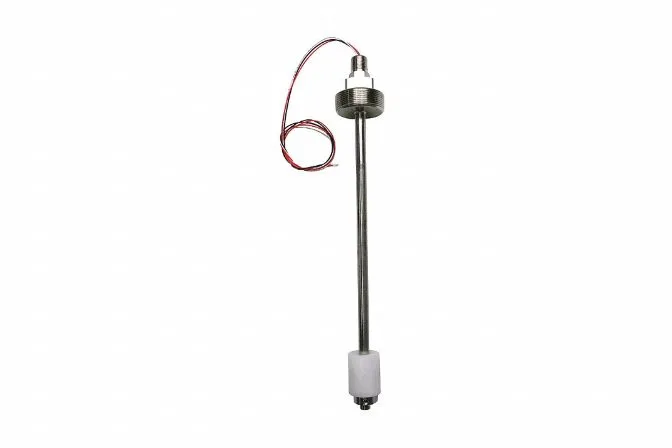 Continuous float-level transmitter | Source: Grainger
Continuous float-level transmitter | Source: Grainger
Electro-Optical Distance Ranging
Electro-optical distance ranging is a tank strapping measurement method that helps to determine the circumference of a tank without the use of scaffolding or manual tape measures. This increases the efficiency and speed of tank strapping and tank calibration.
In electro-optical distance ranging, eight points along the circumference of a tank are marked. Then, 3D mapping technology is used inside the tank to measure the distance from the center of the tank to those points, automatically taking height and other variables into account for its calculations.
Though more expensive than manual means, electro-optical distance ranging allows for efficient and accurate measurements.
(See surveyor's leveling tool above.)
Submersible Pressure Transducers
Submersible pressure transducers measure the PSI (pounds per square inch) of a substance and calculate the height of the liquid in feet or inches based on that measurement.
Many submersible pressure transducers are built to withstand caustic chemicals or materials, so they are a great tank calibration method for tanks that hold hazardous substances that also cannot be measured by manual means.
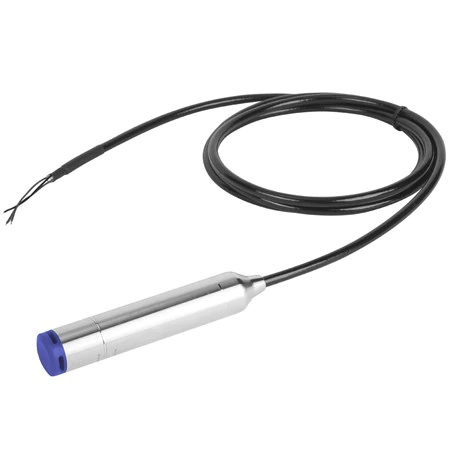 Submersible pressure transducers | Source: Omega
Submersible pressure transducers | Source: Omega
Ultrasonic Sensors & Radar Transmitters
Ultrasonic sensors and radar transmitters are used to emit electromagnetic and/or radio waves inside the container. When these signals hit the inner wall of the tank, the signals are reflected back to the transmitter/sensor.
These transmitters calculate the level of liquid inside the tank based on the time between the emissions sent and the number of signals reflected.
These sensors are smaller, cheaper, and fairly low maintenance, making them a great option for tank calibration needs.
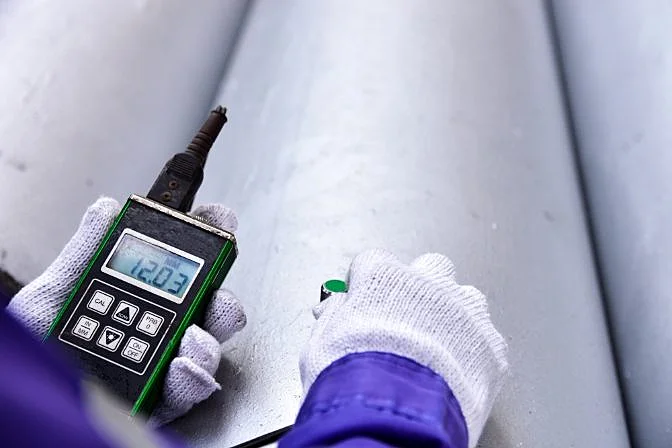 Ultrasonic sensor
Ultrasonic sensor
Drones in Tank Inspection
Indoor drones or other uncrewed aerial vehicles (UAVs) are used to collect visual data for tank strapping. Drones are fast, can navigate hazardous work environments, and create 3D models that help make tank strapping data efficient, accurate, and repeatable.
Flyability’s Elios 2 indoor drone was used by PERTAMINA, the national energy company of Indonesia, to overhaul a massive crude oil tank that was built nearly 50 years ago.
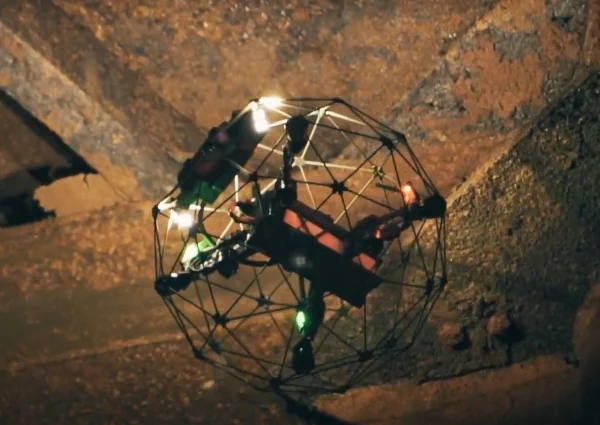 The Elios 2 in action inside the old tank
The Elios 2 in action inside the old tank
Drone technology experts Halo Robotics used Flyabliity’s Elios 2 drone to help with the tank inspection and the results exceeded expectations. The inspection was safer, more cost effective, and far more efficient than a manual inspection would have been.
PERTAMINA has since continued to use drone technology to help streamline and improve its maintenance.
This is just one example of how drones can be used at the forefront of tank inspections and tank strapping. The cost of a UAV is only a fraction of the savings that companies will gain by adding this tool to their inspection kits.
Indoor drone technology combined with data localization are well suited to make tank strapping even more efficient in the future.
[Read next: A Guide to How Drones are Used for Inspections]


